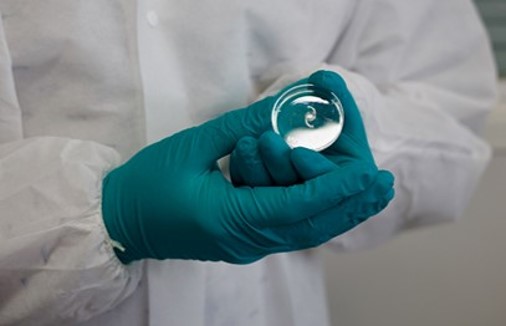My wife has had cataract surgery and she will need it again on her other eye soon. Fortunately for me, the one cataract I have has remained small and has not impeded my line of sight.
Artificial lenses are not equal. Neither are eye shapes all the same. Sometimes refractive errors occur because the lens is not a good match for the eye in which it is placed. The result is less-than-perfect or impaired vision. That has been the case with my wife’s first cataract surgery. The corrected eye has a portion of her vision cut off because of the lens shape.
Cataracts are the leading cause of blindness worldwide. They are a common condition of people as they age, and since the mean global population age continues to rise, the need for lens transplants is increasing.
The only effective treatment today is surgery requiring cutting into the eye, opening the anterior capsule of the lens, emulsifying and extracting it leaving an empty capsular bag and filling it with an artificial lens replacement.
In Canada according to the Canadian Journal of Ophthalmology, over a half million cataract surgeries are performed annually. More than 26 million are done globally each year.
The first artificial lens implanted in a human eye took place in 1795. The lens was made from glass. In 1949 intraocular lenses made from methyl methacrylate polymer were first introduced. In the 1980s, foldable lenses were invented to make it possible for smaller incisions in the eye and shorter recovery periods with fewer complications. Today, intraocular lenses are made from hydrophilic (they attract water) and hydrophobic (they repel water) acrylics. The lenses are manufactured using lathing and moulding technologies. These methods produce lenses with excellent optical clarity and human biocompatibility but design customization is limited. Hence, situations like the one experienced by my wife.
How 3D Printing Can Improve Cataract Surgery and Outcomes
At the University of East Anglia (UEA), pioneering work on ink resins for 3D printing of intraocular lenses is in its early stages. Dr. Aram Saeed and colleagues in the School of Pharmacy have published their current proof-of-concept study in the Journal of Current Eye Research. Their initial focus has been to create a 3D-printed lens for cataracts using biocompatible ink resins. The technology, however, has a much greater application than treating cataracts, offering several advantages including:
- Tailored Lenses – to produce customized lenses to fit individual patient eye shapes and vision needs for better correction and comfort.
- Faster Production – to speed up design, testing and manufacturing.
- Complex Designs – to create intricate lens shapes that older technologies cannot manufacture easily.
- Cost Reductions – to reduce costs, particularly for custom, high-quality lenses to make them more affordable and to produce better overall public health outcomes.
- Compatibility with Imaging – combined with advanced imaging technologies to reduce post-implant complications.
- Material Innovation – to further improve optical results with new ink resins that could enhance vision.
UEA is working with the Ophthalmology Department of Norwich and Norfolk University Hospital to develop the ink resins and technology for manufacturing to 3D-printed intraocular lenses. Clinical trials are still well into the future because the ongoing research is looking at improvements to:
- the ink resins.
- print resolution.
- dimensional accuracy.
- reproducibility.
- address biocompatibility issues.
The current 3D ink developed by the UEA team is made from photopolymerizable resin containing 2-phenoxyethyl acrylate, polyethylene glycol dimethacrylate and a photoinitiator. These prototype lenses are foldable and inserted into human capsular bag models that duplicate what would be found in an eye after a lens is removed during cataract surgery.
The technology could revolutionize lens development allowing for unlimited designs using biocompatible materials. For the estimated 26 million who will undergo cataract surgery this year and the 130,000 or 1 in 200 who will experience complications from the procedure, 3D-printed lenses cannot come soon enough.
















